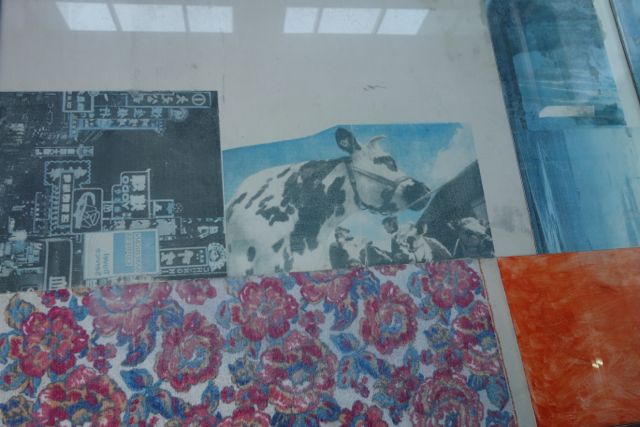
“So you really feel like you’re ready to leave Los Angeles?” asked a friend whom I told about my upcoming move to Korea. Because I said I didn’t consider it “leaving,” I then had to trot out the same vague plan that’s seen so much trotting out in recent months: the ultimate idea involves going back and forth between Seoul and Los Angeles with some kind of regularity, though I reckon I’ll have to put in some reasonably solid time in Asia before I can achieve true trans-Pacifism. I can say with something like certainty that, if I live again in a city in the land to which I claim citizenship, that city will be Los Angeles, which has become far too interesting in the 21st century not keep a foot in.
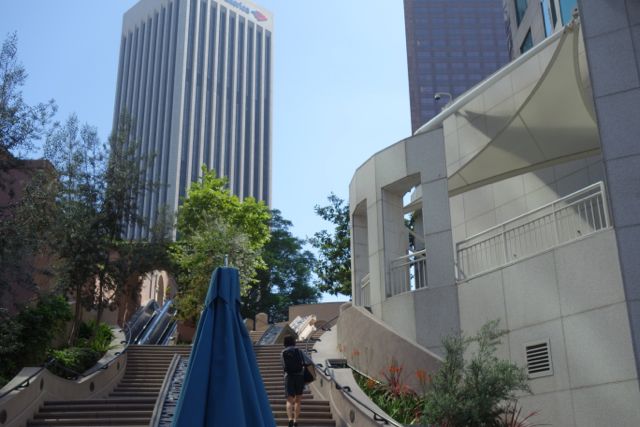
The friend who asked me the question has his own addictive fascination with Los Angeles, which he also uses for professional purposes. He asked over a lunch of Ethiopian food, a culinary genre for which I’ll certainly come to long in Seoul (though Club Zion in Itaewon does in a pinch). Just last night I asked a Korean-American I happened to meet, as she worked through a dish from the new-wave Thai spot Pok Pok recently opened in Chinatown, whether she could ever live in Korea. She didn’t think so, but her reasons why boiled down, essentially, to an indictment of Seoul for not being Los Angeles — a fairer charge, to my mind, than it sounds.

And so I’ve spent some of this last stretch of this particular period in Los Angeles taking in the city by approaching it like a tourist. This has in large part involved taking architectural tours from the Los Angeles Conservancy, a preservationist organization that gives a variety of walking tours, mostly in and around downtown. Having already done the daytime Modern Skyline tour, I’m now looking for an excuse to also take its evening version, Modern by Moonlight, which itself offers an excuse to wind up at the Bonaventure Hotel’s revolving lounge afterward.
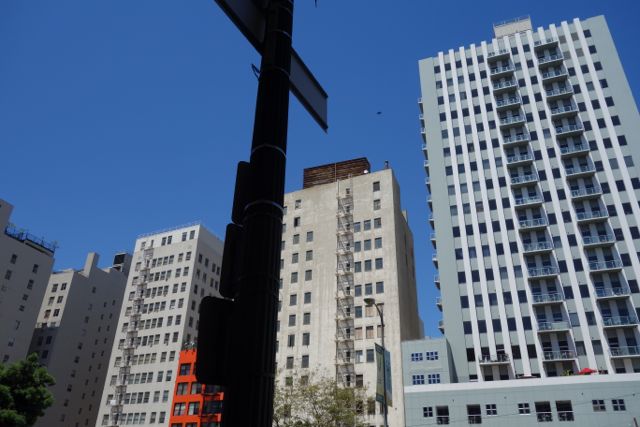
Los Angeles has a pretty robust movement for architectural preservation — sometimes a bit too robust, if you ask me. I’ve made myself laugh with a variety of slogans along the lines of “Los Angeles: The City of the Future (Unless Someone Tries to Take Down a Neon Hamburger Sign from 1963)”. I don’t necessarily dislike neon hamburger signs from 1963, nor Googie diners, nor even suburban pipe dreams like the Case Study houses, but I do dislike the debilitating idea that Los Angeles’ built environment, and by extension its culture, somehow hit an irretrievably high water mark at least a half century ago, and the best we fallen 21st-century mortals can do is keep its remnants polished.
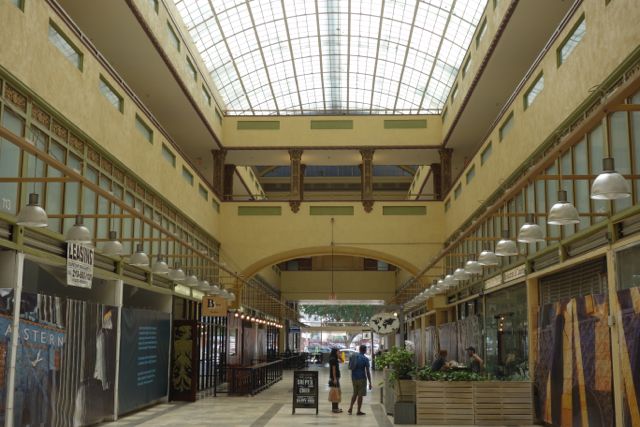
You don’t see that kind of thing in Asia. The demolition of Tokyo’s Hotel Okura, going on even as we speak, provides the ideal case in point. Western architecture enthusiasts went white at the mere notion that the Japanese would even consider tearing down such an elegant work of East-West postwar modernism. But the Japanese, as Pico Iyer recently put it,
are different from you and me. They don’t confuse books with their covers. Over the course of my 28 years in the country, I’ve come to see my adopted home as a land of pragmatic romantics; it’s strikingly unsentimental — to our eyes — in finding new ways to generate sentiment. This is, after all, the place where those who are missing grandparents think nothing of turning to a company to hire elderly actors when a family dinner is scheduled; it’s a place where I watched Kyoto celebrate its 1,200-year anniversary in 1994 by erecting a 17-story hotel (now also run by the Okura chain) that destroyed the classic sightlines from the center of the ancient capital to the magic mountains to the northeast. A quarter of a century earlier, Frank Lloyd Wright’s celebrated Mayan Revival-style Imperial Hotel in Tokyo, having survived both the 1923 Great Kanto Earthquake and the firebombings of World War II, was unceremoniously torn down to make way for a generic tower block.
Few cultures in Asia, I argued later in that Ethiopian lunch, confuse the built environment with the culture itself. “Japan is ready to change its clothes so often,” writes Iyer, “in part because it changes its soul so rarely.” In the West, by contrast, I sense a kind of insecurity bordering on mortal terror: if we toss our old clothes, we assume our soul goes with them.

My planned oscillation between Korea and America will place me somewhere geographically between East and West, but my view on preservation has, in a sense, arrived there first: I’m all for keeping the old buildings up, but only if we repurpose them, the more radically the better, to suit the needs of the 21st century. Los Angeles has actually done more than a bit of this already; I recommend the Conservancy’s Downtown Renaissance tour if you’d like to see just how much can be done with former bank buildings. And it would pain me to see a curiosity like Tokyo’s Kisho Kurokawa Nakagin Capsule Tower come down entirely, but it pains me more to see it in its current disused and increasingly decrepit state.
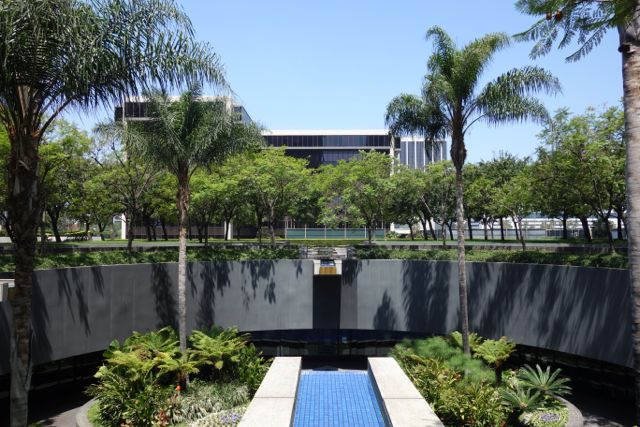
As our group on the Modern Skyline tour passed through the Bonaventure Hotel — which comes in the middle of the tour in the daytime version — I asked the guide what he thought of its prospects for qualifying as officially historic a decade or so from now. He said he didn’t think it counted as endangered enough a building to need that kind of protection, but he did add that he’s heard rumors of extensive renovation: specifically, that “they talk about turning one of the towers into condos.” That plan will no doubt take a while to come to fruition, but hey, when the time comes, I will need a place to live during my Los Angeles parts of the year…
